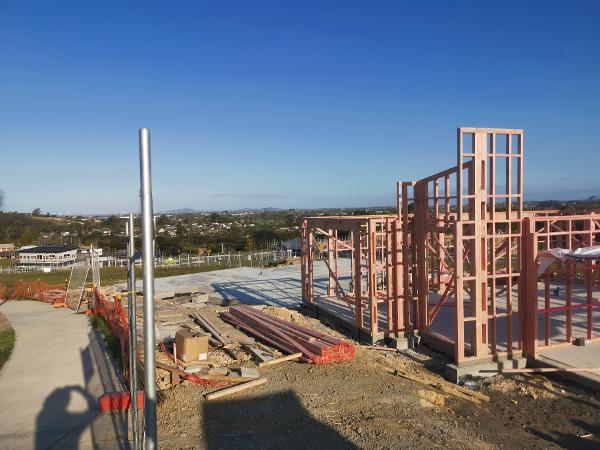The Impact of Rising Costs in New Zealand's Construction Industry
The construction industry in New Zealand has been grappling with escalating costs, a trend that has accelerated in recent years. This surge in expenses has been influenced by a multitude of factors, from global economic shifts to local market demands. Understanding the dynamics at play is crucial for homeowners, builders, and stakeholders in the industry.
Rising Costs in Trades and Construction
The cost of construction and trades has seen a significant rise across New Zealand. Factors such as increased material costs, labor shortages, and supply chain disruptions have all contributed to this upward trend. According to a report by the Ministry of Business, Innovation and Employment (MBIE), the price of key construction materials has surged, with timber, steel, and concrete experiencing the most significant hikes.
Impact of Global Trends
Global trends have also played a role in the cost escalation. The construction sector worldwide has been impacted by tariffs, trade restrictions, and the increasing cost of raw materials. As New Zealand imports a considerable amount of its construction materials, these global factors have a direct effect on local prices. Furthermore, the fluctuating New Zealand dollar adds another layer of complexity, making imported materials even more expensive at times.
The Effects of COVID-19 and Lockdowns
The COVID-19 pandemic has left an indelible mark on the construction industry. Lockdowns and restrictions disrupted supply chains, halted projects, and caused delays. The initial phases of the pandemic saw a sharp decline in new projects and renovations as uncertainty gripped the market. According to a report by Stats NZ, building activity saw a notable dip during the height of the lockdowns, further straining the industry.
Decrease in Demand for Renovations and New Builds
The demand for renovations and new builds has seen a downturn. The economic uncertainty caused by the pandemic has led many homeowners to postpone or cancel planned projects. This trend is reflected in the declining number of building consents issued. As reported by the New Zealand Institute of Economic Research (NZIER), there has been a significant reduction in residential construction activity, with both renovations and new builds being affected.
Impact on the Price of Services
The combination of rising costs and decreased demand has created a paradox in the construction industry. On one hand, the cost of materials and labor has increased, driving up the prices for construction services. On the other hand, the reduced demand has led some contractors to lower their rates or offer discounts to attract clients. This dual pressure is reshaping the market, as companies strive to balance their expenses with competitive pricing strategies.
Superior Renovations, a leading renovation company in Auckland, highlights the detailed breakdown of these costs in their recent article on renovation costs. Their insights reveal
that the average cost of renovations in Auckland has risen significantly. They note that a standard renovation, which includes kitchen and bathroom upgrades, can now cost anywhere between $80,000 to $150,000, depending on the scope and quality of materials used. This is a considerable increase from pre-pandemic prices, reflecting the broader trends affecting the industry.
Regional Variations and Specific Challenges
New Zealand's construction costs also vary regionally, with Auckland often seeing higher prices due to its size and economic activity. The Auckland Construction Outlook report by AECOM highlights that Auckland's demand for housing, combined with its limited land availability and stringent building regulations, has exacerbated the cost pressures. Other regions, while still affected, may experience slightly lower costs but are not immune to the broader trends.
Strategic Responses to Rising Costs
To navigate these challenging conditions, both consumers and construction companies need to adopt strategic approaches. Homeowners are advised to plan their projects meticulously, obtain multiple quotes, and consider alternative materials that may be more cost-effective. Contractors, on the other hand, are looking to streamline their operations, improve efficiency, and establish strong relationships with suppliers to mitigate cost increases.
Future Outlook
Looking forward, the construction industry in New Zealand faces a period of adjustment. The government’s initiatives to boost housing supply, such as the KiwiBuild program and increased investment in infrastructure, aim to alleviate some of the pressures. However, the balance between demand and supply, coupled with ongoing global economic fluctuations, will continue to influence costs.
Conclusion
The rising costs in trades and construction in New Zealand present a complex challenge. From the impacts of global trends and COVID-19 disruptions to the nuanced local market dynamics, these factors collectively shape the current and future landscape of the industry. Homeowners and industry professionals must stay informed and adaptive to navigate these changes effectively.

